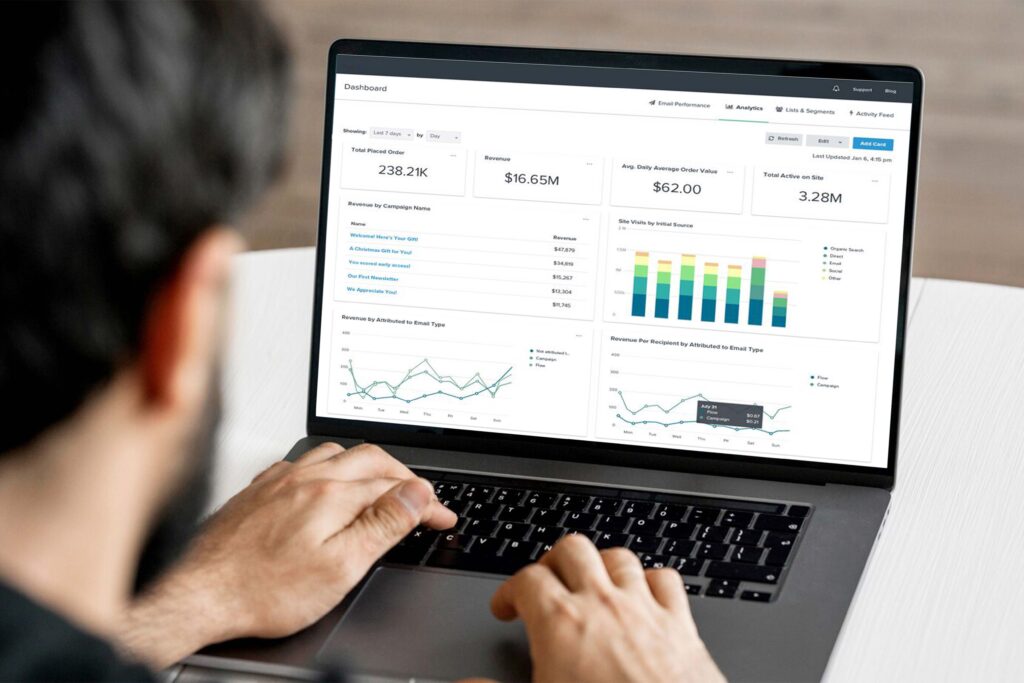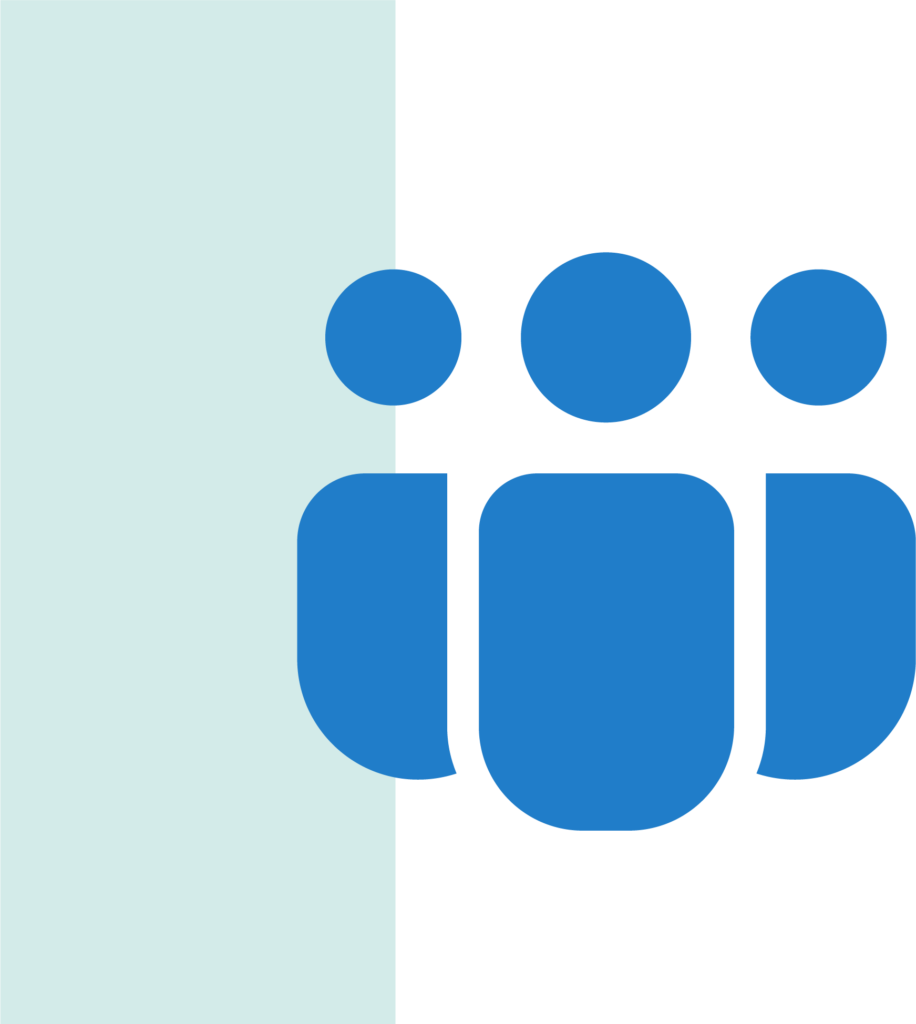Maximise Innovation with 3D Modelling and Simulation Services
In this highly competitive environment in which business operates today, it is imperative that businesses innovate continuously. One of the most effective ways to drive this innovation is through the adoption of 3D modelling and simulation services. And these tools offer businesses the ability to see, analyse and optimise their products or processes before they hit the market. However, 3D model and simulation have become quite essential in every field with technology development, this includes the benefits of cost reduction, risk minimisation, as well as increasing product quality.

Our Technology

Overview of 3D Modelling & Simulation
3D modelling and simulation services involve the creation of three-dimensional representations of physical objects or environments. Moreover, these models can be tested in simulations for different scenarios without the requirement of real world prototype. These services enable companies to experiment with different concepts and to design and function in the best way possible without a result in product design, architecture and engineering.
Simulation services take this one step further by providing the ability to run virtual experiments or scenarios. This is done as a company can simulate how their product will behave under varying conditions and predict where there might be problems and improve the design before committing to production.
3D Modelling & Simulation Applications Across Industries
The applications of 3D modelling and simulation services are extensive, spanning across multiple industries:
- Manufacturing: The use of 3D modelling to design and test new products means that manufacturers can create prototypes without the expense of physical models. It can highlight areas such tools and techniques instrumentation material weaknesses, performance limitations, etc.
- Architecture & Construction: Architectural 3D modelling makes it possible for professionals to make detailed visualisations of buildings and environments. Simulation services can assess factors like structural integrity, energy efficiency, and material usage.
- Healthcare: 3D Models are used in healthcare to produce accurate representations of organs, tissues and medical devices. They aid in planning complex surgery or a medical device test in a risk free environment.
- Automotive & Aerospace: Aerodynamics, durability, and safety can be simulated in vehicle and aircraft designs, reducing the need to incur the expensive real world testing.
- Entertainment & Gaming: Character modelling, environmental modelling, and animation services in 3D are crucial for creating immersive experiences in films, video games, and virtual reality.


Different Types of 3D Modelling Services
- Architectural Modelling
Building on the work completed during my architectural practise, I introduce architectural modelling, which is the process of creating detailed 3D representations of buildings and urban environments. However, these models enable architects and planners to visualise complex designs and anticipate construction phase problems before they materialise. Communication and decision making are improved using digital visualisation, as stakeholders can take virtual tours of the project.
- Product Modelling
The design and development of new products is dependent on product modelling services. 3D models are used in the engineering and design process for consumer electronics and industrial machinery alike to show the form and function before production. Virtual prototyping reduces the need for physical prototypes, saving time and resources.
- Character Modelling
Entertainment industry widely uses character modelling, for instance keeping the face of characters real in films, video games and animations. Detailed character models featured in 3D environments, that are animated and integrated into digital environments to create a fully immersive experience is what 3D artistry can do.
- Environmental Modelling
Environmental modelling carries recreations of landscapes, ecosystems, urban landscapes or the whole built environment in 3D. With these models, environmental changes can be simulated, how people live affects the environment can be assessed or used for entertainment projects to create a more realistic scenery.
Simulation Services
- Physical Simulation
Physical simulation is the recreation of real world physical phenonemon in a virtual environment. That includes nearly everything from simulating the behaviour of fluids, gases and solids through to testing a product under specific stresses or conditions. Through experimenting with these scenarios, businesses can predict failures or improve performance prior to real world testing.
- Virtual Reality (VR) Simulation
More and more, however, fields such as training, healthcare, and entertainment are utilising virtual reality simulation. With VR simulation, users can interact with a virtual environment in real time, making it an ideal tool for immersive training experiences, architectural walkthroughs, and even therapeutic applications in healthcare.
- Simulation using Augmented Reality (AR)
In Augmented Reality (AR) simulation, virtual elements are overlaid on the real world. In retail, it provides a great opportunity for customers to imagine products in their own homes, or for industrial users to superimpose complex parts onto real equipment for easier maintenance.
3D Modelling and Simulation Process
The process of 3D modelling and simulation typically follows several key stages:
- Concept Development
Step one is the concept development. Depending on the project, either a product, building or character, initial sketches and ideas turn into a workable concept which becomes the starting point of the 3D model.
- 3D Modelling
Once the concept is out in the air, we begin to actually 3D model. Advanced computer aided design (CAD) tools are used for modelling a 3D representing the object or environment. The actual precision needed at this stage depends on how much design requirements need to be met by the final model.
- Simulation
Next is to run simulations. Here, you try out the model under different conditions to measure how well it works, how durable it is and what other critical factors it covers. They can show what could go wrong that might not become obvious when the design is done.
- Testing
After being able to simulate your model, you may want to test it further to further validate the model meets all requirements. It is the phase of ensuring that the design will apply well in a real world scenario.
- Client Feedback and Delivery
After testing, the client is provided the opportunity to review the model and simulation results. Changes are made to the feedback before the final model is given.

Benefits of 3D Modelling and Simulation
3D modelling and simulation offer a host of benefits to businesses, including:
- Cost Efficiency: But rather than incurring the costs associated with physical prototypes and real-world testing, along with redesigns, companies can use digital models and simulation to avoid it.
- Risk Reduction: Simulations are used to mitigate risk of failure since a product or structure already exists in the market once it goes into production.
- Enhanced Innovation: It encourages great creativity and inventions because you can try many designs and scenarios at the same time.
- Improved Communication: 3D models present a clear visual representation of complex designs and concepts, therefore helping stakeholders to understand what is happening behind the scenes.
Faster Time to Market: Virtual prototyping speeds up the design process, allowing businesses to bring their products to market faster.
Industries That Use 3D Modelling and Simulation
A wide range of industries benefit from 3D modelling and simulation services, including:
- Manufacturing: To test, design, and optimise products.
- Healthcare: In medical device development and surgery planning specifically.
- Architecture: For building realistic building and urban visualisations.
- Automotive and Aerospace: For aerodynamics, safety, materials testing.
Entertainment and Gaming: In character design, animation & virtual reality experiences.


Choosing the right 3D Modelling and Simulation service provider
However, when you think of choosing a service provider, experience, technology and even customer support should be some factors to look into. There are a few things that a good provider should provide: a wider range of services to offer, ability to customise those services to your needs, and proven track record of service within your industry.
Why Choose Addigram?
At Addigram.com, we offer cutting-edge 3D modelling and simulation services designed to bring your ideas to life with precision and creativity. Here’s why partnering with us is the right choice:

Industry Expertise
We have high skilled professionals with years of expertise in 3D modelling and simulation in our team. Understanding the complexity of all the industries involves architecture and engineering, gaming, product design, we understand how to present the solutions matching to the industry specific standards.

Comprehensive Service Offering
Whatever the purpose of your work needs to be, we’re in charge designing architectural visualisations, constructing product prototypes, modelling characters, or simulating environments. That means you can rely on us for all sorts of 3D services to suit your project.

State-of-the-Art Technology
At Addigram, we use the latest software and tools, including CAD, VR, and physics simulation software, to ensure accuracy, detail, and realism in every project. By doing this, we can help you make high quality models and simulations that match your vision.

Customised Solutions
We know that every project is different. That’s why we closely work with you to understand your objectives and tailor bespoke 3D modelling and simulation solutions that best fit your goals and creative direction.

Efficient and Timely Delivery
We respect your time and goal to execute work timely without compromising on quality. With our fully streamlined processes, we are able to provide the best work on time, every time.

Attention to Detail
Our team pays up to the last detail – whether it’s how to build intricate product designs, or how to create complex architectural models. What we guarantee is that our 3D models and simulations are not only aesthetically appealing but also extremely functional and accurate.

Cost-Effective Services
We believe in offering premium 3D modelling and simulation services at competitive prices. Our pricing is transparent and affordably priced so there are no surprises for businesses of all sizes about the quality of solutions they will be getting.

Collaborative Approach
We consider our clients as partners. We always keep you informed and maintain open communication throughout the project so you get full feedback making the final product live that exceeds your expectations.
You are choosing to work with Addigram.com because we are a team that thrives in creating your vision into live 3D modelling and simulation solutions. We will help you get exceptional results for your project.
FAQs - 3D Modelling and Simulation Services
A wide range of industries benefit from 3D modelling and simulation services. They are in architecture, engineering, manufacturing, automotive, healthcare, entertainment, gaming, and product design. These technology helps these sectors improve visualisation, improve design process, especially product testing and development.
Time to complete a 3D modelling project depends on the level of complexity and amount required of the project. With simple models they can be done in a few days, and with more complex and detailed models—more elaborate simulations—weeks may be needed. As a part of Addigram, we are at your back, and work with you in establishing a realistic time line for timely delivery.
We use the industry leading software for 3D modelling and simulation, Autodesk 3ds Max, Blender, Maya, Solidworks and CAD tools at Addigram. Further, we utilise special software such as ANSYS, Unity, Unreal Engine, etc to give accurate, dynamic visualisation experiences for simulations.
And yes, we specialise at creating custom 3D models to suit you needs within your particular project. Whatever you have is architectural design, product prototype, or character model — we make sure it is unique, well detailed, relevant to your vision.
3D modelling involves creating a three-dimensional digital representation of an object, while 3D rendering is the process of converting that model into a realistic or stylised image or animation. It deals with lighting, textures and shading to produce visual effect but that’s called rendering, on the other hand modelling deals with structure and detail.
We ensure accuracy through the use of advanced simulation software and rigorous testing processes. Through precise physics and engineering principles, and a thorough analysis of what real world data really looks like, our team simulates accurate behaviours, movements, and conditions. In addition to this, we work with clients to add any particular parameters that the simulation requires.
Yes, Addigram offers animation services alongside 3D modelling. Our animation services are ideal for visualising product functionality, creating dynamic architectural walkthroughs, or animating characters for films, games, and promotional materials.
We provide 3D models in many different file formats, such as .OBJ, .FBX, .STL, .3DS, .DAE and more. We can offer the format that most adheres to your project needs to make sure it can be used by your tools and platforms.
3D modelling and simulation can greatly cut the development costs by offering the possibility to do virtual prototyping that is then reducing the costs with physical prototypes. It drastically improves the rates at which designs can be completed and helps to identify problems before they can become problematic, minimizing the need for rework and use of expensive materials. Simulations also give a chance to test a design thoroughly on a virtual stage before it is manufactured.
